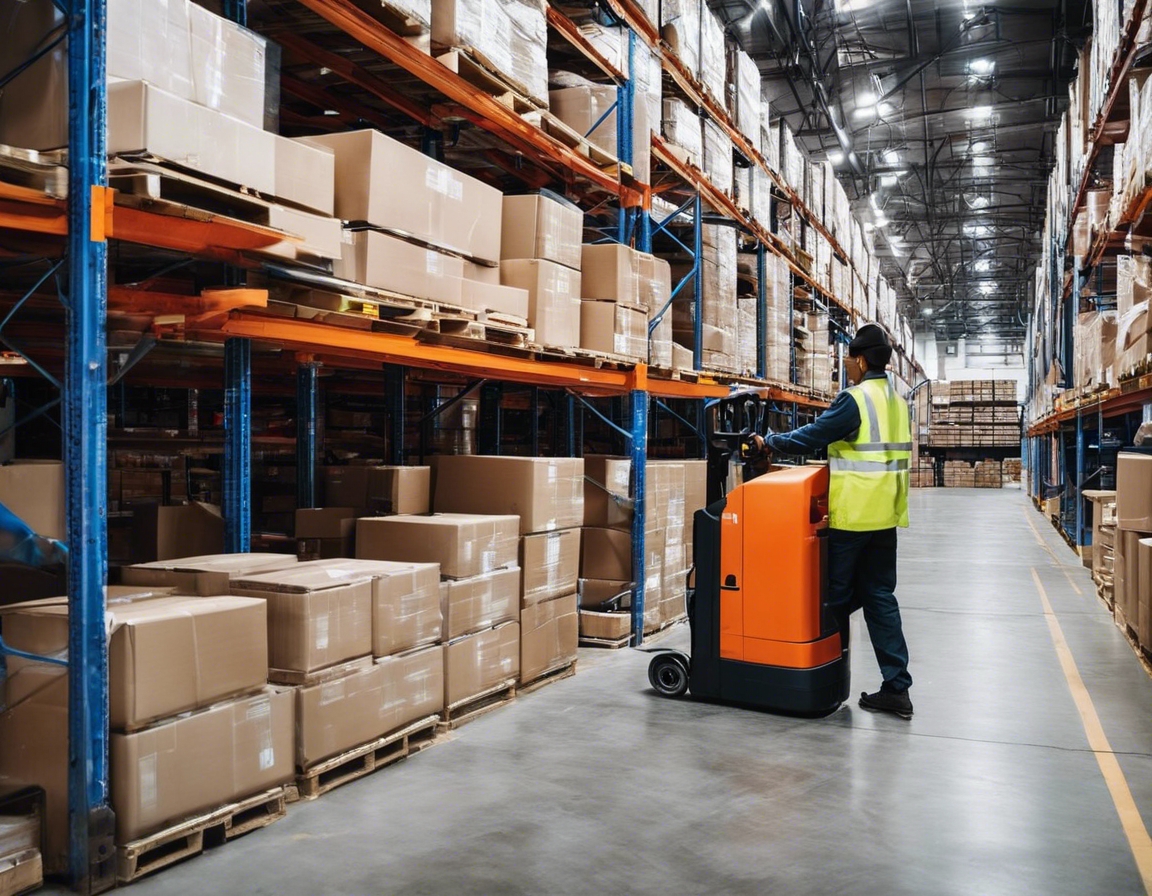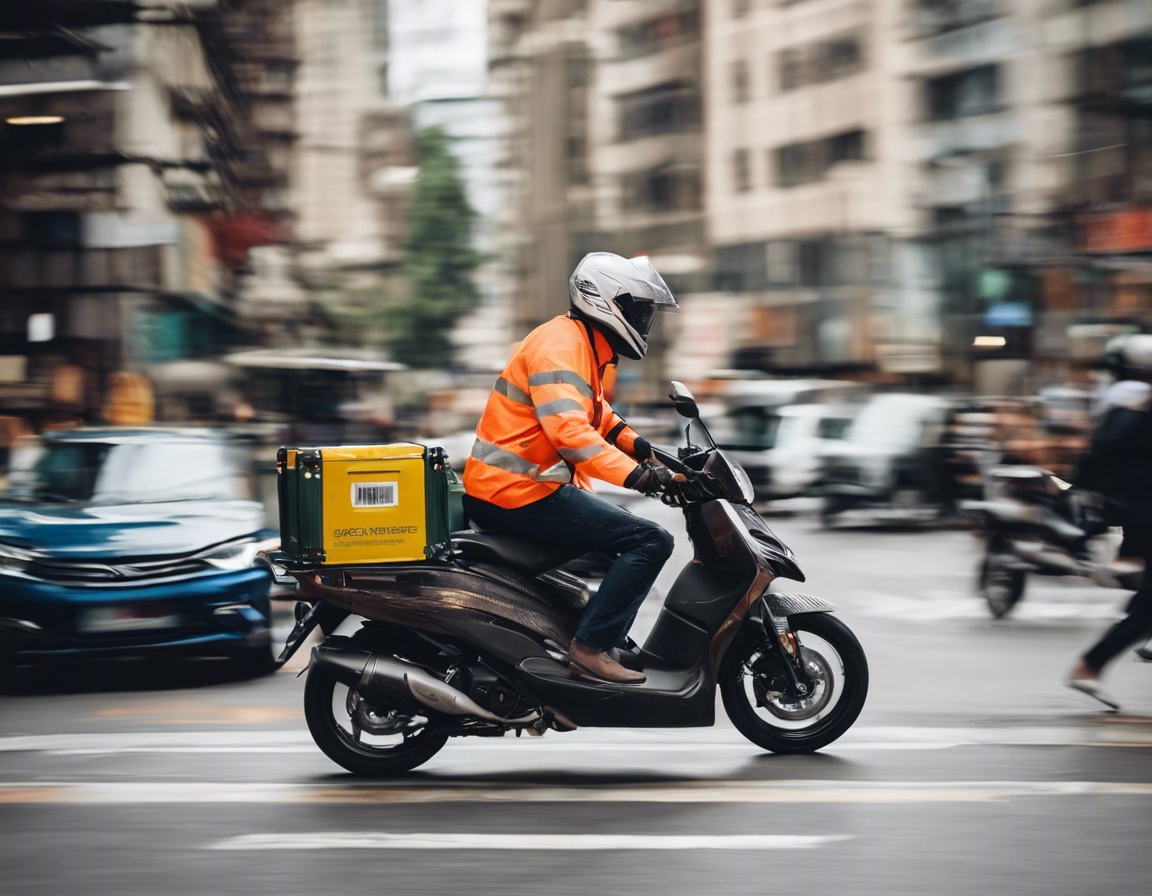5 tips for handling a roadside emergency
Encountering a roadside emergency can be a daunting experience, but being prepared and knowing how to respond can significantly reduce stress and danger. This blog post will provide you with five essential tips to effectively handle a roadside emergency, ensuring your safety and the safety of others.
1. Stay Calm and Assess the Situation
Your first priority in any roadside emergency is personal safety. If you're able to, move your vehicle to the side of the road, away from traffic. Turn on your hazard lights to alert other drivers, and if it's safe, exit the vehicle and move to a secure location.
Once you're in a safe spot, assess the condition of your vehicle and its location. Determine whether the issue is something you can handle or if you need to call for help. Take note of your surroundings and any landmarks to accurately describe your location to emergency services if needed.
2. Use Your Emergency Kit
An emergency kit is a vital component for any vehicle owner. It should include items such as a first-aid kit, flashlight, reflective triangles, jumper cables, a tire pressure gauge, and a multi-tool. Additionally, consider seasonal items like blankets or ice scrapers.
Knowing how to use the items in your emergency kit is just as important as having them. Familiarize yourself with each item and its purpose. For example, reflective triangles can be placed around your vehicle to increase visibility, and a multi-tool can be handy for minor repairs.
3. Signal for Help
Visual signals can alert other drivers and emergency responders to your location. Use reflective triangles, flares, or even a white cloth tied to your car door as a distress signal. These signals are especially important if you're unable to move your vehicle off the road.
In today's connected world, a mobile phone is one of your best tools in an emergency. If you have signal, contact emergency services, roadside assistance, or a tow service. If you're a member of a roadside assistance program, have their number saved in your phone for quick access.
4. Perform Basic Roadside Repairs
Some roadside emergencies can be resolved with simple fixes. For instance, if you have a flat tire and the necessary tools, you may be able to change it yourself. Other common issues like dead batteries can be addressed with jumper cables and the help of a fellow motorist.
However, if you're not confident in performing repairs or if the issue is beyond basic fixes, it's best to wait for professional help. Attempting complex repairs without the proper knowledge can lead to further damage or personal injury.
5. Know When to Call for Professional Assistance
Some vehicle issues, such as engine problems, electrical faults, or transmission troubles, require professional attention. If you suspect a serious problem, do not attempt to fix it yourself.
Roadside assistance services, like those provided by AHTME TEHNIKA OÜ, are invaluable in an emergency. They offer professional support for a range of issues, from towing to on-the-spot repairs. Keep their contact information handy, and don't hesitate to call when in need.






Comments (0)